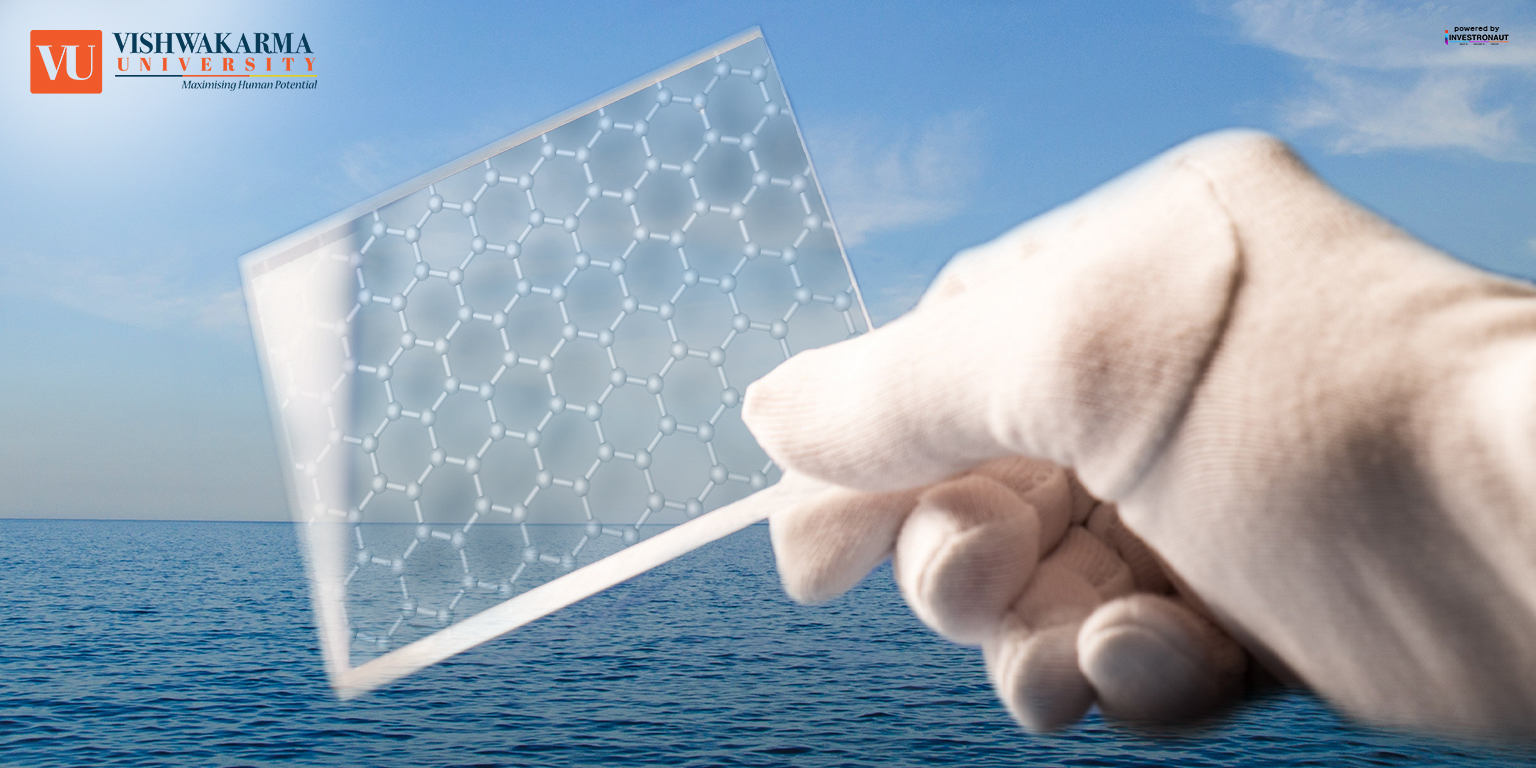“ Water, water everywhere and not a drop to drink”
This has been a cruel irony for the mariners or for a matter of fact to any thirsty person who has ever gazed upon a sparkling blue ocean.

The United Nations predicts that by 2025, 14% of the global population will suffer water shortage. In addition, climate change, decreased rainfall and rising temparatures is expected to wreak havoc on urban water supplies. Draught conditions exacerbates fresh water supply, and people tend to look to the oceans for answers. It is after all, a seemingly inexhaustible supply.
A growing trend?
In an attempt to overcome this global hurdle, scientists have imagined a coastal city of the future. Along with the basic infrastructure such as a port, roads, sewer lines and an electricity grid, they have proposed a Desalination Plant as part of basic infrastructure. Thanks to improved technology, turning ocean water into freshwater appears to have become a more economical and viable answer to the problem.
But can we miss the Global Implications of the Desalination Technology?
Most desalination technology follows either of the two methods: distillation through thermal energy or the use of membranes to filter salt from water.
In the distillation process, saltwater is heated to produce water vapour, which is then condensed and collected as freshwater. The other method employs reverse osmosis to pump seawater through semi-permeable membranes (paper-like filters with microscopic holes that trap the salt while allowing freshwater molecules to pass through). In both cases, the remaining salt water is then pumped back into the ocean.
But we cannot miss out on the GLOBAL IMPLICATIONS of this technology! The existing, industrial-scale desalination plants are expensive. One impact is the discharge of salt during the desalination process on coastal or marine ecosystems. This was of increasing concern in the Gulf. The Gulf states are heading for “peak salt”: the more they desalinate, the more concentrated wastewater, brine, is
pumped back into the sea. And as the Gulf water becomes saltier, desalination becomes more expensive. The desalination technique has drawn criticism from environmentalists, who argue that it involves large amounts of energy, produces greenhouse gases and harms marine organisms.
Graphene - The nano-sized magic material was discovered in the due course. Can it fix the drawbacks of Desalination Plants?
This negative criticism by environmentalists has brought a major drop in the research and implementation of these desalination plants. It was amidst these trial and error methods when Graphene was discovered. Ever since it was discovered, graphene has been hailed as a natural wonder in the materials world, destined to transform our lives in the 21st century.
Graphene's amazing properties excite and confound in equal measure. How can something one million times thinner than a human hair be 300 times stronger than steel and 1,000 times more conductive than silicon? This two-dimensional special material is blessed with a special atomic arrangement. The one atom thick layer of carbon atoms arranged in a honeycomb lattice is the secret behind its unmatchable potential as a material.
Researchers in the United Kingdom then put on paper a graphene-based sieve that could filter salt out of seawater, a development that could provide drinking water to millions of people around the globe. Its exceptional applications were realised as a game-changer in countries where access to safe, clean, drinkable water is severely limited. The scientists began racing to develop an inexpensive graphene-based barrier for desalination on an industrial scale.
The research has advanced to a stage whereby a compound of graphene, known as graphene oxide, can be used to create a rigid sieve that could filter out salt using less energy.
“Graphene sieves can make seawater drinkable!”.
Overcoming hurdles
In recent years, there has been some success in water filtration using graphene oxide to sift out other smaller nanoparticles and organic molecules.
But researchers are struggling to move forward after finding that the membrane's pores swell up when immersed in water, allowing particles to continue to pass through. They have progressed in fixing this glitch and the technique to control the expansion and size of pores is developed. The pore-swelling is restricted by coating the material with an epoxy resin composite that prevents the sieve from expanding. This means that common salt crystals can continue to be filtered out, while leaving behind uncontaminated, clean, drinking water.
Will the ultimate goal of getting freshwater from oceans with the help of graphene sieves be fulfilled?
The ultimate goal is to create a filtration device that will produce potable water from seawater or waste water with minimal energy input
Our focus is to be able to design and produce appropriate graphene-based membranes with required sieve sizes. This discovery will be a significant step forward and will open new possibilities for improving the efficiency of desalination technology.
The selective separation of water molecules from ions by a physical restriction of interlayer spacing opens the door to the synthesis of inexpensive membranes for desalination. More work still needs to be done to test the durability of the barriers and to confirm that the membrane is resistant to fouling by organics, salt and biological material.
The bottom line is that water treatment with membranes that separate water molecules from ions, pathogens and pollutants will always be proposed as an energy-efficient solution to the freshwater crisis.
The voice behind this article is Ashwini Gaikwad, Content Writer, Investronaut.
References :
http://archive.unu.edu/unupress/unupbooks/80858e/80858E09.htm
https://journosdiary.com/2017/04/03/desalination-graphene-sieve/



